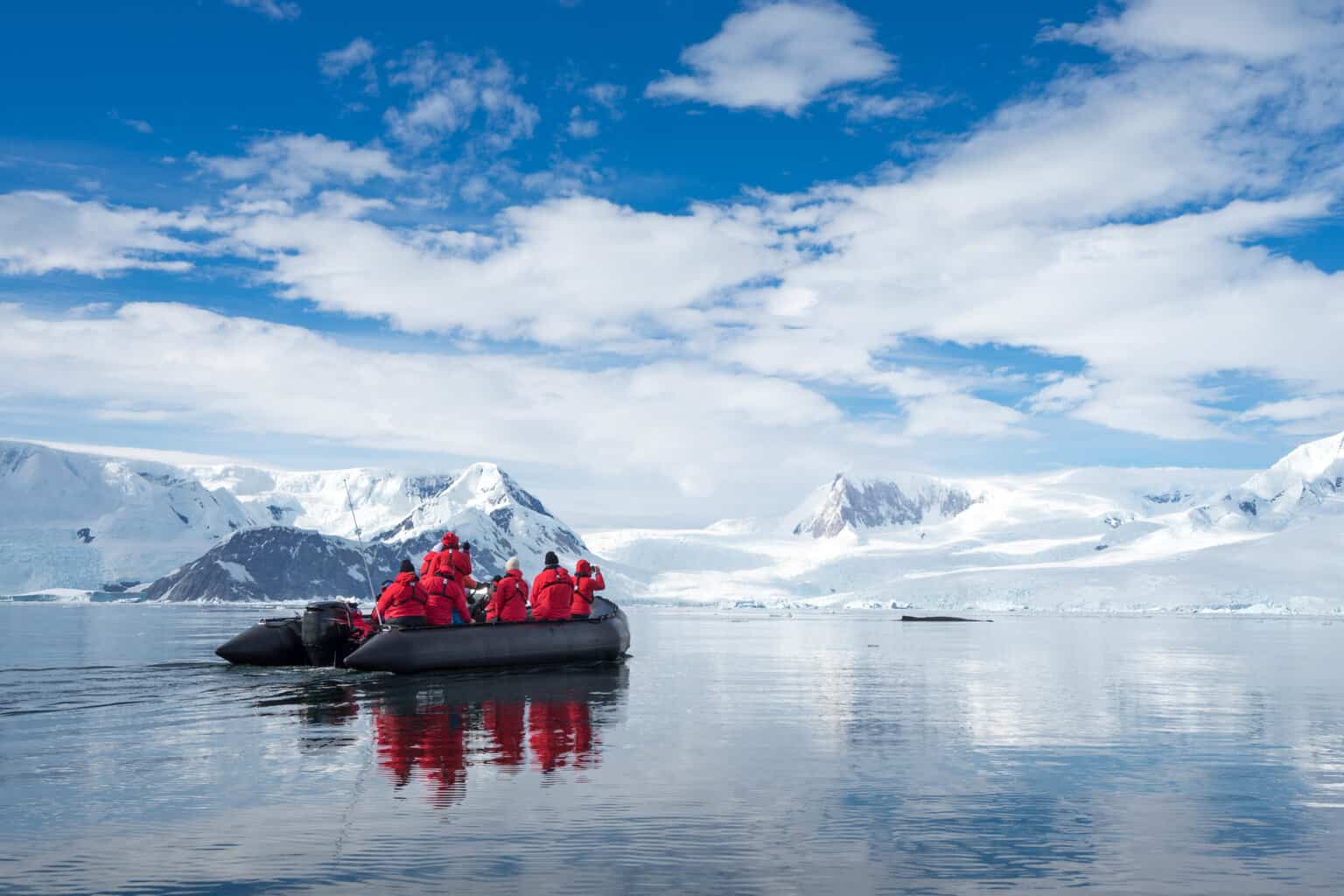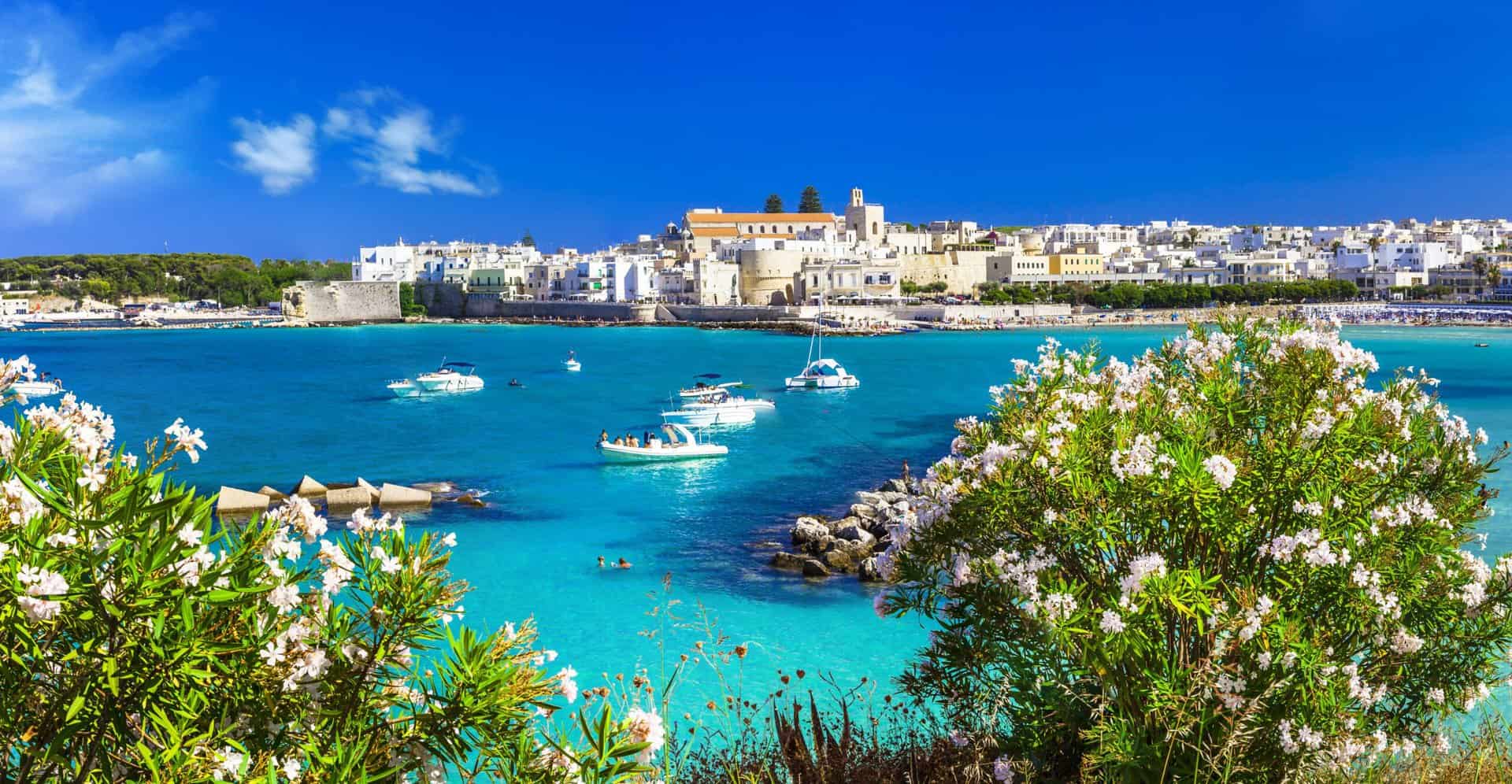Antarctica
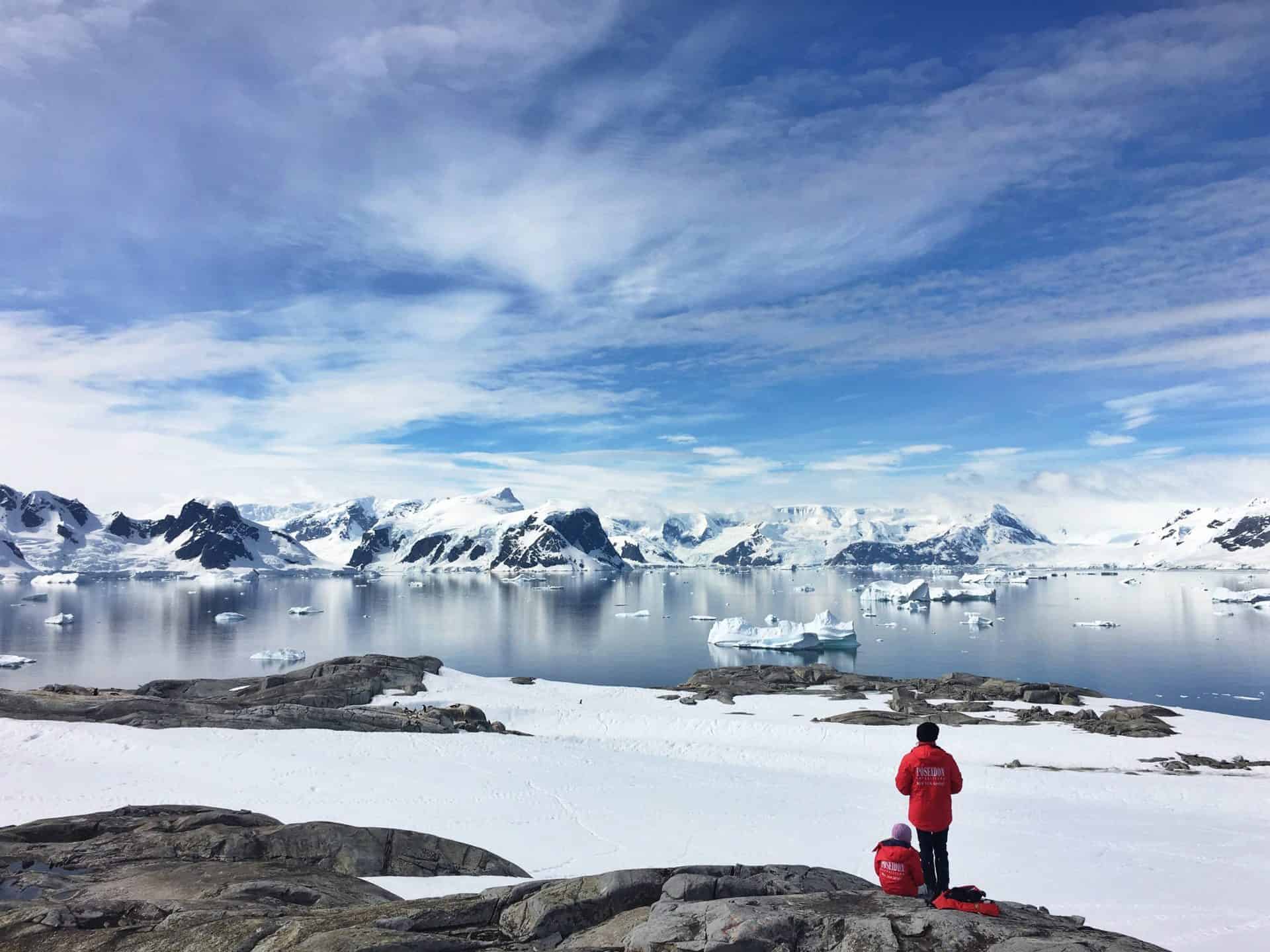
Antarctica is a vast ice-covered landmass encircled by the sea. During the summer, Antarctica becomes more than twice the size of Europe and sixty-two times the size of the United Kingdom.
In terms of general area, Antarctica is the fifth-biggest continent in the world. The continent has the unique feature of having no permanent residents. However, it hosts up to 5,000 scientists and researchers. The most popular is the WWF’s help crew that does research on Emperor and Adelie penguins.
Even though seven global locations claim precise quantities of Antarctica, the continent itself does not contain any countries. New Zealand, Australia, France, Norway, the United Kingdom, Chile, and Argentina all claim ownership of some of the icy landmass.
In this article, we’re exploring the details that make Antarctica a truly unique area of the world. Scroll down to read through the blog, or click on one of the highlighted sections below to skip ahead!
Table of Contents
Antarctica’s Physical Geography
The Antarctic consists of island territories claimed by various countries. The United Kingdom claims the South Orkney Islands, South Shetland Islands, South Georgia, and the South Sandwich Islands.
Norway claims Peter I Island and Bouvet Island; Australia claims the Heard and McDonald Islands; and New Zealand claims Scott Island and the Balleny Islands.
Antarctica has similar geographical features besides the sovereignty of the different countries on the continent. The Antarctic Ice Sheet dominates the region. It is the most critical single piece of ice on Earth. It even extends beyond the continent while snow and ice are at their most extreme.
The icy ground dramatically grows from about 3 million square kilometres at the end of the summer season to about 19 million square kilometres by winter. The ice sheet boom especially occurs at the coastal ice shelves, primarily the Ross Ice Shelf and the Ronne Ice Shelf.
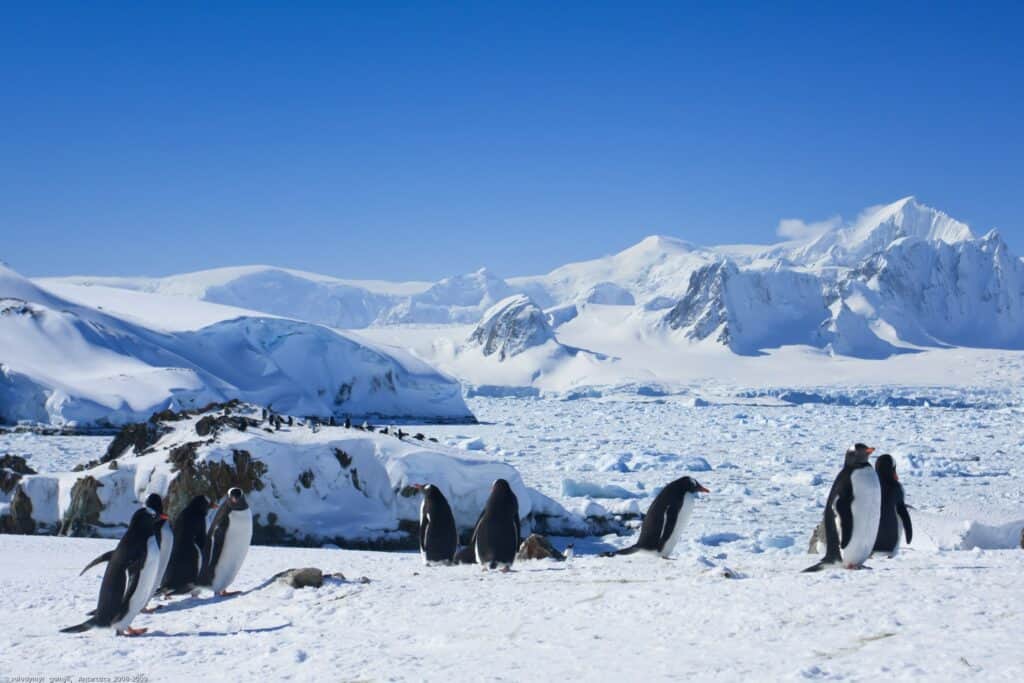
Ice shelves are floating sheets of ice that can be connected to the continent. Glacial ice moves from the continent’s interior to the lower-elevation ice shelves at a cost of 10 to 1,000 meters annually.
Antarctica has a number of mountain summits, which include the Transantarctic Mountains, that divide the continent into eastern and western regions. A few of these summits have a height of more than 4,500 meters. The elevation of the Antarctic Ice Sheet itself is about 2,000 meters and reaches 4,000 meters above sea level near the centre of the continent.
Without any ice, Antarctica would possibly end up as a big peninsula and archipelago of mountainous islands, known as Lesser Antarctica, and a single huge landmass about the scale of Australia, known as Greater Antarctica. These regions have one-of-a-type geologies.
Greater Antarctica, or East Antarctica, includes older, igneous and metamorphic rocks. Lesser Antarctica, or West Antarctica, is crafted from younger, volcanic and sedimentary rock. Lesser Antarctica, in fact, is part of the “Ring of Fire,” a tectonically active location throughout the Pacific Ocean.
The majority of the islands and archipelagos of Lesser Antarctica are volcanic and intently glaciated. They are also home to a number of immoderate mountains. The tectonic hobby is the interaction of plates on Earth’s crust, frequently resulting in earthquakes and volcanoes. Mount Erebus, positioned on Antarctica’s Ross Island, is the southernmost active volcano on Earth.
The oceans surrounding Antarctica provide an essential physical detail of the Antarctic region. The waters surrounding Antarctica go as deep as 4,000 to 5,000 meters. As you can see, the continent has generally rough terrain. Ice and snow cover it constantly, increasing its cruelty.
Antarctic Climate
Despite all the ice covering the continent, Antarctica is actually considered a desert. This is because the continent gets no rain all year long. Antarctica gets around 50 millimetres of falling snow every year, compared to twice as much rain in the Sahara desert.
As you might expect, Antarctica is the world’s highest, driest, windiest, and coldest continent. The low temperature has been reported as 94 degrees Celsius. In actuality, though, it would not snow much. The continent has extremely dry weather; thus, it is classified as a polar barren tract.
The beachfront spaces of Antarctica experience more fallen dampness, yet at the same time, the normal is just 200 millimetres each year. Nonetheless, in contrast to most abandoned regions, water does not infiltrate the dirt. All things being equal, snow piles up. Antarctica will shock you with astounding airborne photographs that show how much snow has piled up over the years.
Antarctica most often gets hit by tremendous blizzards. Like a desert dust storm, the breeze gets snow from the beginning and blows an immense white cover. Winds can get as fast as 320 km per hour.
Antarctica is in the southern half of the globe, so the seasons are opposite to the northern seasons. Summer lasts from October to February, and winter lasts for the remainder of the year.
Summers in Antarctica are normally above freezing, and the uneven East Antarctica is colder than West Antarctica. The world’s lowest temperature, —89.6 degrees Celsius, was estimated at Vostok, a Russian exploration base inland of Antarctica.
Wildlife
Despite the numerous challenges, Antarctica is beaming with life. It is home to billions of krill, hundreds of thousands of seals, and more penguins than anywhere else on the planet.
Antarctica is rich in organisms, including magnetic super-animals that you most probably have seen photographs and records of. However, you may be surprised to find that they are living a more fascinating and complex life than you might imagine. In reality, these animals depend on the ocean.
Here are some of the most popular animals and birds that call the freezing continent home:
Penguins
When it comes to Antarctic wildlife, penguins are the focus of everyone’s attention. Eight of the 18 penguin types that exist in the world live in Antarctica and the Subantarctic Islands.
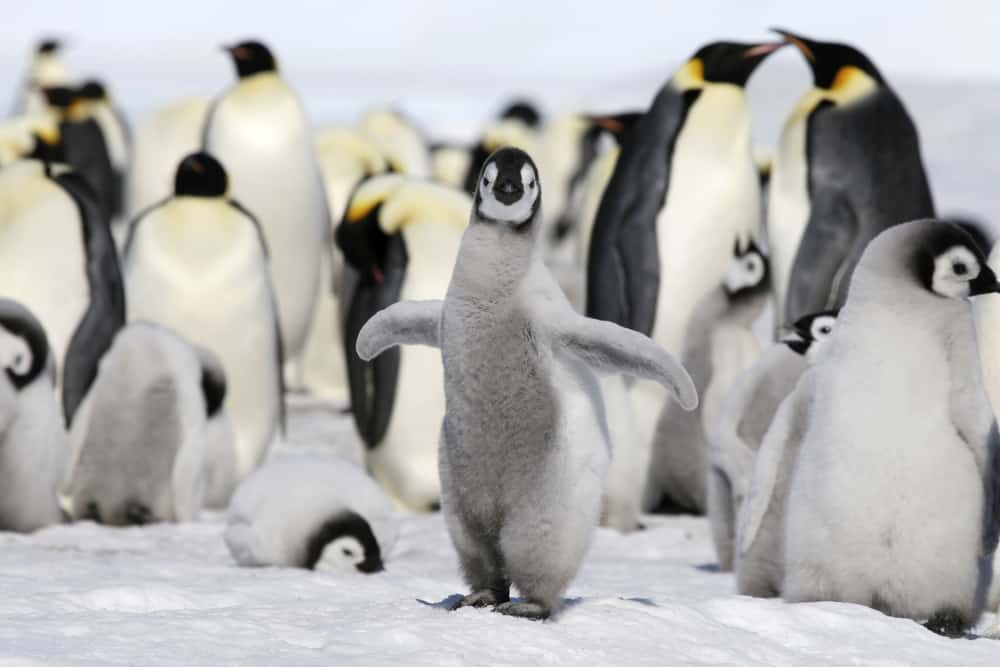
These flightless seabirds are amazing swimmers, although they can be a little terrible on land. For a torpedo-smooth body, wing-like fins are used to propel the water and feet (and possibly the tail) are used to control the course of their swimming adventures.
Penguins swim to feed and then return to the frozen land. They come to rest, lay eggs, and live. With their numerically accurate clusters, they have promoted some really meaningful ways to thrive in Antarctica’s relentless climate.
Seals
Antarctica swarms with hundreds of thousands of astonishing seals. From the crabeater seal, which does not eat crabs, to the Weddell seal, which sings like a space intruder, Antarctic seals are interesting and sometimes somewhat fuzzy.
Ensured under the Antarctic Arrangement’s Show for the Preservation of Antarctic Seals, these marine warm-blooded animals thrive in the cool shelter of the Southern Sea.
There are different types of seals that take shelter in the Southern Sea. These include Weddell seals, Crabeater seals, Leopard seals, Southern elephant seals and others.
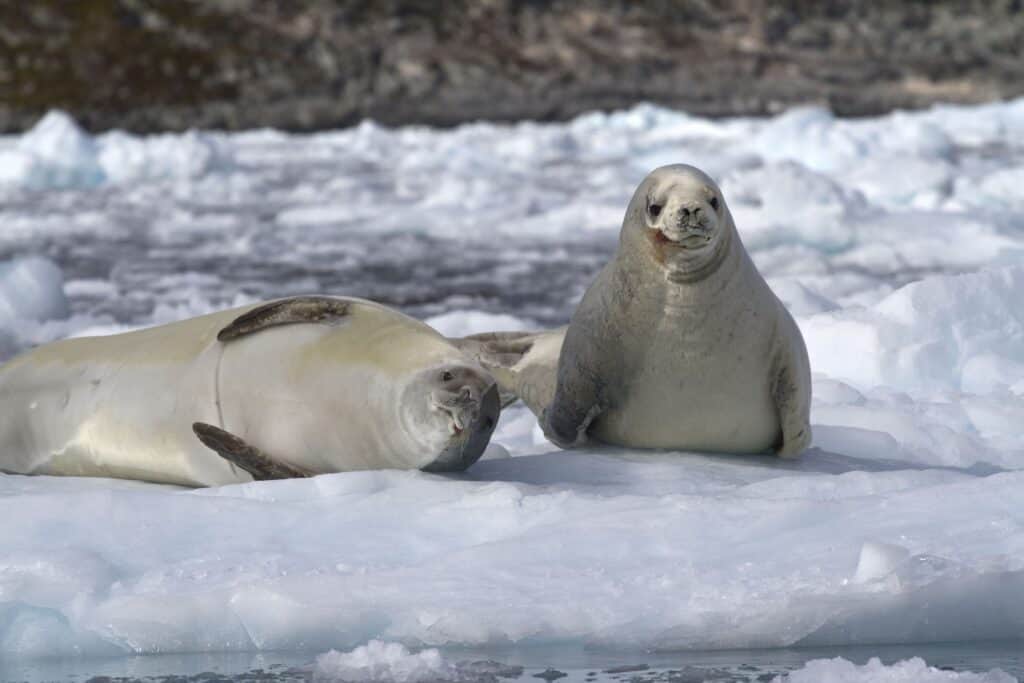
Whales
During the summer, whales appear in Antarctic waters in large schools. As they migrate, they devour an abundance of Antarctic krill (Euphrasia superba) that twists inside the midst of the ocean ice. Several species of whales can be found in Antarctic waters, making it one of the richest areas for whale diversity in the world.
The different whale species found in the area include Humpback Whales, Minke Whales, Fin Whales, Blue Whales, and even Orcas (Killer Whales)!
Annually, the whales start to show up in November. They reach the highest number in February, which means they migrate through the nearby waters during the Antarctic summer. These whales play a crucial role in the Antarctic ecosystem, regulating the populations of their prey species and contributing to the overall health of the marine environment.
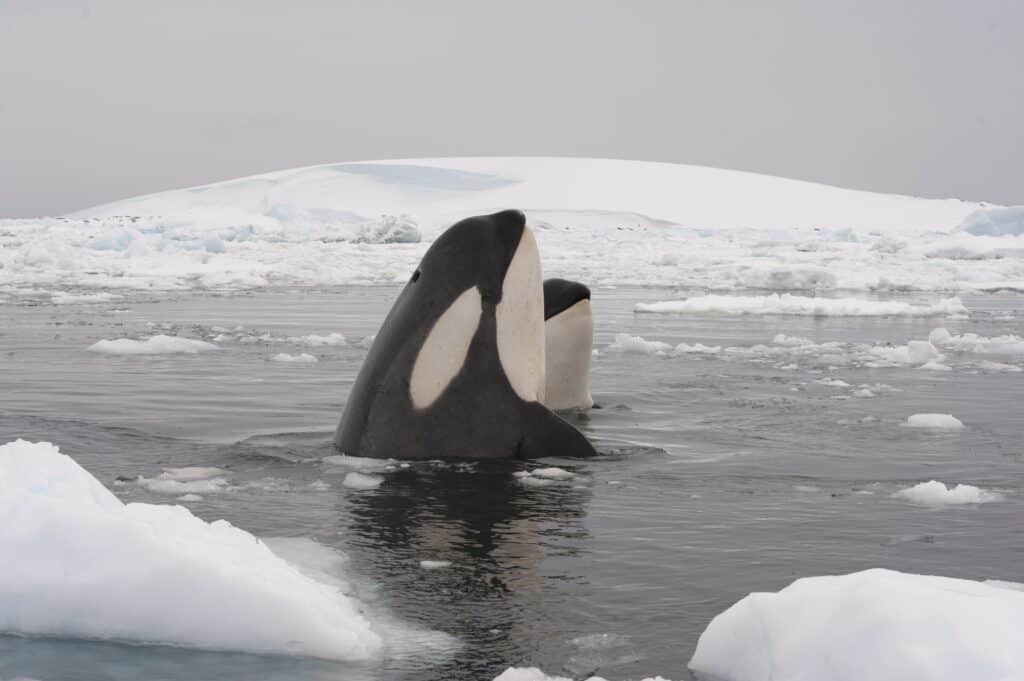
Snow Petrels
The snow petrel is one of the Antarctic’s littlest yet generally lovely creatures. Aside from their bruised eyes and snout, they are as white as ice and about the same size as a pigeon. However, they are intriguing because, despite being so little, they are powerful and have figured out how to endure the super Antarctic conditions and wind chill.
Truth be told, snow petrels are tough enough to live for as long as 20 years. Since they are so seemingly perpetual, their populace is very sound; indeed, there are around 4 million snow petrels in nature!
Snow Petrels lay their eggs from October to November. The eggs are then incubated for around a month and a half before the new chicks hatch. Snow petrels can be found close to untamed water—near pressing ice or ceaseless ice around the Antarctic landmass.
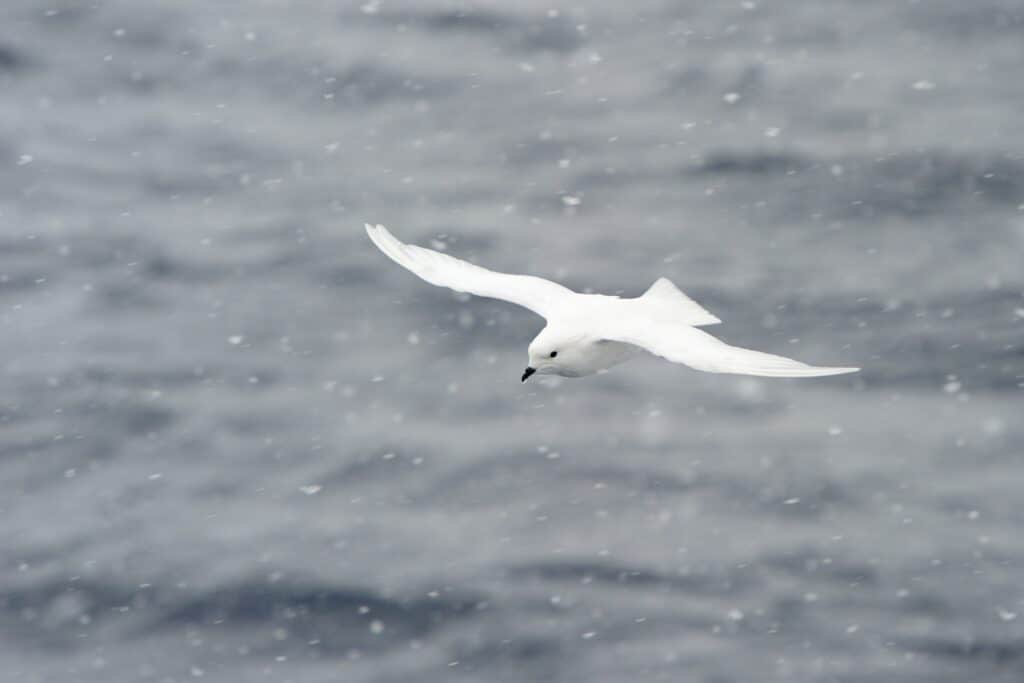
Krill
Antarctic krill (Euphrasia superba) are small crustaceans with huge, black eyes and small legs known as thoracopods. They feed normally on phytoplankton and are observed in huge numbers throughout the Southern Ocean.
Krill generally tend to emigrate vertically inside the water column, growing to the floor and offering meals for predators at night and sinking into the depths during the day.
There is a predicted 500 trillion Antarctic krill inside the Southern Ocean, weighing 379 million tons. Scientists estimate that about half of that is consumed by seals, penguins, and whales, which rely upon krill as their foremost source of meals.
Moreover, during whale migration season, krill provide a much-needed meal for tired predators. They get eaten in abundance, but it is all good for the continent’s ecosystem to stay balanced.
Antarctic krill is likewise commercially harvested by humans, mainly within the Scotia Sea to the north of the Antarctic Peninsula. The foremost uses of harvested krill are aquaculture and aquarium feed, human nutritional dietary supplements, and bait in recreational fishing.
The Commission for the Conservation of Antarctic Marine Living Resources (CCAMLR) regulates and monitors Antarctic krill fisheries.
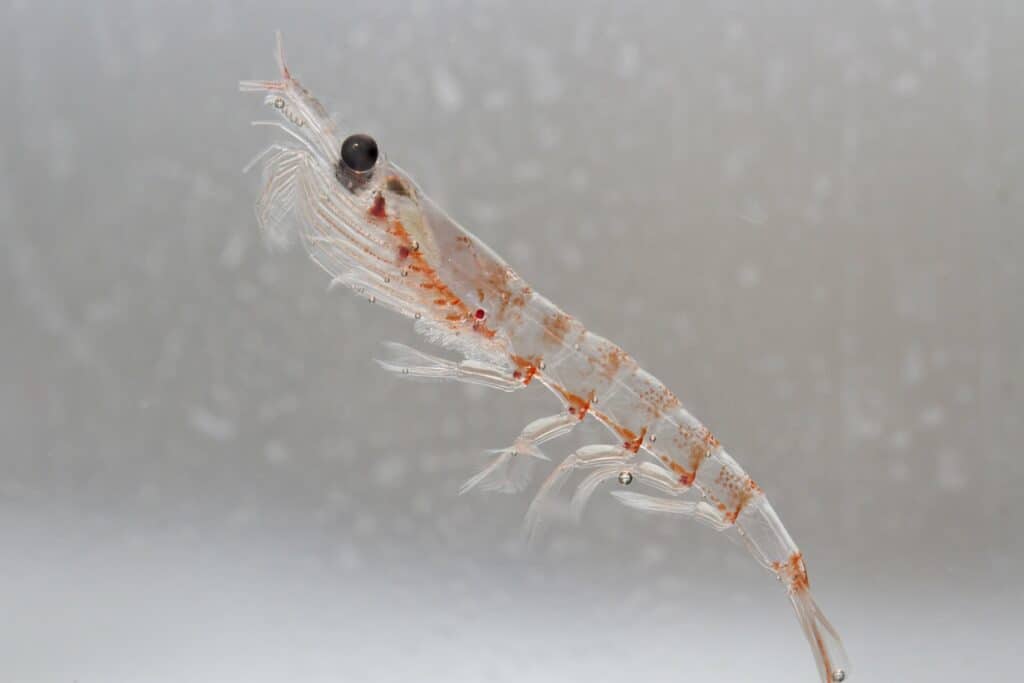
Wandering Albatross
The wandering albatross has the longest wingspan of any chicken on earth. The beauty of this rarely-seen bird is a sight to behold. Their wingspan can dip 3.1 to 3.5m, and, as a result, they’re capable of flying for exquisite distances without using a bargain energy.
The way wandering albatross flies is prolonged due to their very long wingspan and the Antarctic’s robust winds.
Wandering albatrosses are usually decided within the sub-Antarctic regions – especially on exposed ridges on Prince Edward Island and South Georgia. Once they find a mate, they stay with them for life.
Unfortunately, these wonderful birds are endangered. Their numbers keep declining due to the number of deaths from longline fishing hooks. Furthermore, wandering albatrosses have slow breeding techniques, which do not help them modify their numbers fast enough.
As you’ve seen, Antarctica is full of wonders waiting to be observed. It deserves recognition, as do the stunning places around the world.
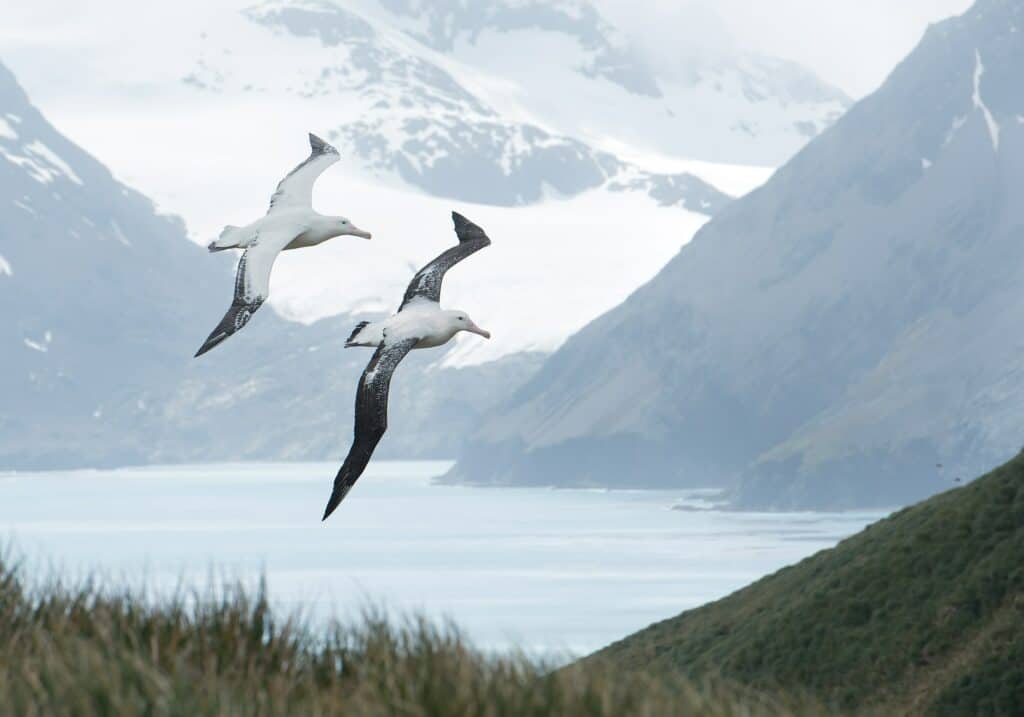
Can Tourists Visit Antarctica?
Due to its harsh weather conditions and less so to its far location, Antarctica is a continent that has yet to be widely explored by travellers. Tourists can visit Antarctica, but it’s not as simple as hopping on a plane and landing at a tourist resort.
Tourism on the continent is heavily regulated to protect the fragile environment and ensure visitors’ safety. Most tourists visit via guided tours organized by specialized tour operators. These tours typically depart from South America, usually from places like Argentina, Chile, or sometimes New Zealand.
How do Guided Tours Reach the Icy Continent?
Guided tour groups typically reach Antarctica from South America by embarking on expedition cruises. Most expeditions depart from ports in South America, such as Ushuaia in Argentina or Punta Arenas in Chile. These ports serve as the gateway to the Antarctic Peninsula, which is the most accessible region of Antarctica for tourism.
The ships used for the cruises are specially equipped for polar exploration, with reinforced hulls, ice-strengthened exteriors, and amenities to ensure passenger comfort during the journey.
The journey from South America to Antarctica involves crossing the Drake Passage, a notoriously rough stretch of water known for its unpredictable weather and rough seas. This crossing typically takes about two days, during which passengers may experience bouts of seasickness.
What Activities Are Available For Tourists?
Once the expedition cruise ship reaches the Antarctic Peninsula, the group begins exploring the region’s coastal areas and islands. Passengers have the opportunity to participate in guided shore excursions via small Zodiac boats, allowing them to land on the continent and explore its unique landscapes and wildlife up close.
While in Antarctica, passengers can engage in a variety of activities, including wildlife watching, hiking, visiting scientific research stations, and exploring historic sites. Expedition leaders and naturalist guides accompany passengers, providing insights into the region’s ecology, history, and geology.
What Do Scientists Study in Antarctica?
Scientists study a wide range of subjects in Antarctica due to its unique environment. It provides many beneficial factors that allow scientists to conduct studies that would not be possible in other parts of the world.
Antarctica is governed by the Antarctic Treaty System, which promotes international cooperation in scientific research and environmental protection. Scientists from around the world work together on interdisciplinary research projects, sharing resources, data, and expertise to address complex scientific questions and global challenges.
Climate Change
Antarctica is one of the most sensitive regions to climate change, making it a crucial area for studying the effects of global warming. By examining ice cores, glaciers, and atmospheric conditions, scientists can reconstruct past climate variations and monitor ongoing changes to better understand the mechanisms driving climate change and its potential impacts on a global scale.
Antarctica is a critical region for studying climate change due to its sensitivity to temperature variations. Scientists examine changes in ice sheet dynamics, sea level rise, atmospheric conditions, and ocean currents to better understand the impacts of climate change on a global scale.
Biology and Ecology
Antarctica is home to unique ecosystems and a wide range of species adapted to its harsh environment. Scientists study Antarctic flora and fauna to understand biodiversity, ecosystem dynamics, and the ecological processes that shape life in extreme environments. This research provides insights into how ecosystems respond to environmental change and helps inform conservation efforts.
Antarctica represents one of the last frontiers for scientific exploration, offering unique opportunities to study polar environments, ecosystems, and extreme conditions. Scientists study Antarctic wildlife, marine life, and microorganisms to understand how organisms adapt to extreme cold, darkness, and isolation, providing insights into evolutionary biology and astrobiology.
Antarctic ecosystems are unique and relatively pristine, making them valuable for studying biodiversity, ecosystem dynamics, and organisms’ adaptations to extreme environments. Scientists study everything from microscopic organisms like algae and bacteria to larger animals like seals, penguins, and whales.
Glaciology
Antarctica contains the largest ice sheet on Earth, and understanding its dynamics is crucial for predicting future sea level rise. Scientists study ice cores, ice shelves, and ice flow patterns to monitor changes in ice mass, glacier retreat, and ice shelf stability, contributing to our understanding of ice sheet dynamics and their impact on global sea levels.
Researchers study Antarctic glaciers and ice sheets to understand their behaviour, such as ice flow, melting patterns, and ice shelf stability. This research helps predict future sea level rise and contributes to our understanding of ice dynamics in polar regions
Geology
Antarctica holds clues to Earth’s geological history, including evidence of past climate conditions, tectonic processes, and the breakup of the supercontinent Gondwana. Scientists study rock formations, fossils, and sediment cores to reconstruct Antarctica’s geological past and understand its role in shaping the planet.
Oceanography
The Southern Ocean surrounding Antarctica plays a crucial role in global climate and ocean circulation. Scientists study ocean currents, temperature gradients, salinity levels, and marine life to understand how the Southern Ocean interacts with the rest of the world’s oceans and influences climate patterns
Astrophysics and Space Science
Antarctica’s remote and pristine environment provides ideal conditions for space research and astronomical observations. Scientists study cosmic microwave background radiation, conduct experiments on neutrinos, and observe celestial phenomena such as auroras and cosmic rays, contributing to our understanding of the universe and the origins of cosmic phenomena.
Antarctica’s remote and high-altitude locations provide ideal conditions for astronomical observations and space research. Scientists study cosmic microwave background radiation, conduct experiments on neutrinos, and observe celestial phenomena such as auroras and cosmic rays.
Environmental Protection and Policy
Given Antarctica’s status as a continent dedicated to peace and science under the Antarctic Treaty System, researchers also study environmental policy, management strategies, and the impacts of human activities on the continent’s fragile ecosystems. This research helps inform international agreements aimed at preserving Antarctica for future generations.
Must See in Antarctica
Top Attractions
Penguins
Eight of the 18 penguin types that exist in the world live in Antarctica and the Subantarctic Islands.
AntarcticaWhales
Annually, the whales start to show up in Antarctica in November. They reach the highest number in the month of February. This means they migrate through Antarctica during the Antarctic summer.
AntarcticaSir Ernest Shackleton: The Great Irish Antarctic Explorer
Sir Ernest Henry Shackleton (1874 – 1922) was an Irish explorer who led three British expeditions to the Antarctic over one hundred years ago. He is one of the most important figures in the Heroic Age of Antarctic Expedition, an era which began at the end of the 19th century and ended after World War I.
Sir Ernest Shackleton: The Great Irish Antarctic Explorer

